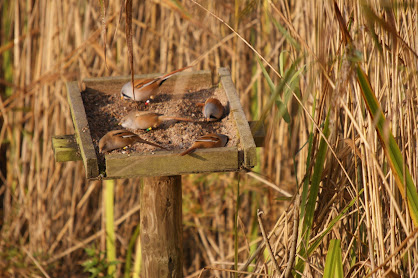The most unexpected recent recovery was a Blackcap ringed on 26 November in Daves garden which sadly flew into a window 56 days later at Glastonbury Somerset 290 kms south on January 1st. Obviously a wintering bird that was still on the move. Our first recovery of a wintering Blackcap.
A Sedge Warbler in Loire Atlantique France in mid August was the Groups 57th Sedge Warbler from France. Also we have had 59 from the south coast of Enngland. However we have only had three from Spain and one from Portugal. Sedge Warblers prepare for a long haul flight by accumulating fat reserves in southern Britain and France before making a long haul flight across Iberia, North Africa and the Sahara.
Other recoveries were a colour ringed Oystercatcher ringed as a nestling in Norway in July 2020 and feeding on fields near Heysham this winter. Our 19th Oystercatcher from Norway.
A Mute Swan colour ringed ringed by the Swan Group in our area as a juvenile was seen in Dumfies still going strong at 23 and a half years! National longetivity record is 29 years
We couldnt do our RAS Bearded Tit Study this year after 17 years due to the present restrictions. But Bearded Tits are still coming to the grit trays, there were five there last week which is quite late for such activity.
